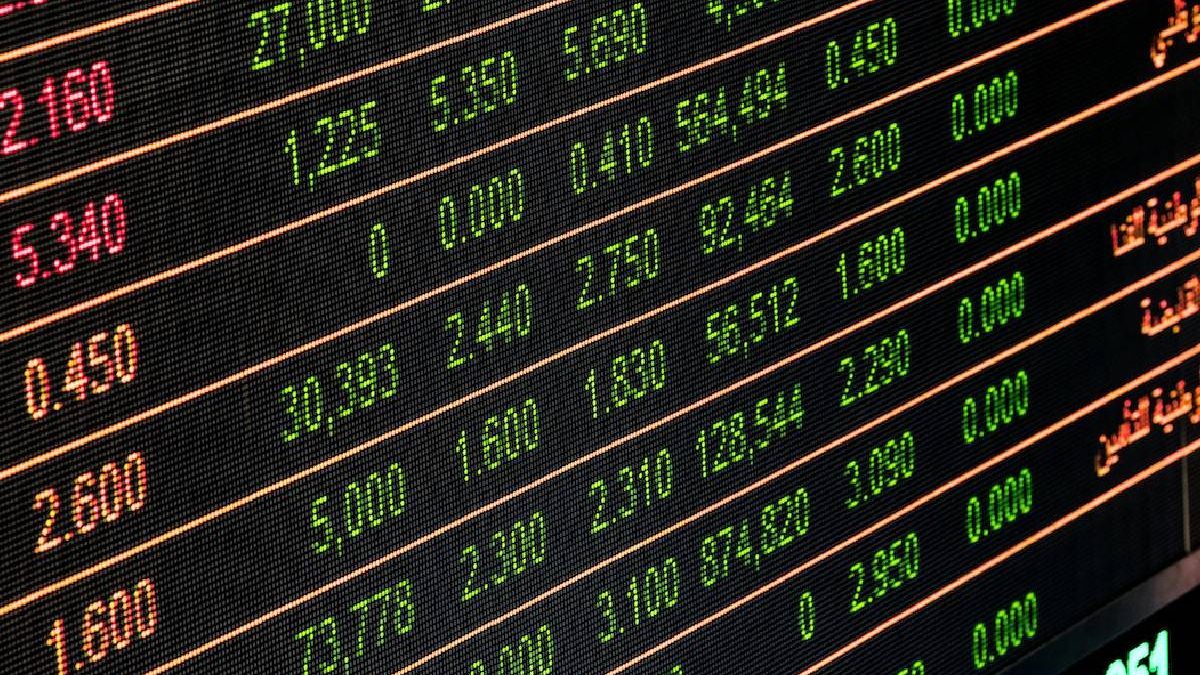What is Trading? – Trading includes an energetic contribution to the financial markets compared to capitalizing, which works on a buy-and-hold plan. The success of it is reliant on the ability of a trader to be gainful over a while.
A trader is a person who purchases and vends for a financial asset in any financial market. They can buy or sell for themselves or on behalf of one more individual or institution. The main variance between depositors and traders is the period they hold onto the asset.
A trader is involved in the short-term buying and selling of equity for an organization or themselves. The drawbacks of it include – capital gains taxes which apply to trades and the expenditures of paying brokers in the form of numerous commission rates.
Table of Contents
What are the Rewards of Trading?
What is Trading? – Traders can work for financial organizations, in which case they will trade via the capital and recognitions of a company, and they have reimbursed a mixture of bonus and salary. As an alternative option, traders can also work for themselves, with their cash and credit. However, with this option, they will keep all the profit to themselves.
Types of Trading
- Scalping :
- Scalping is also known as micro-trading. It is a subset of intraday trading. This style concentrates on profiting even with small price changes. It can be confirmed numerous times a day. Even though all transactions don’t yield profits, a trader’s gross losses might exceed the gains in some. Thus, it requires a strong exit strategy for the trader to ensure that he does not incur significant losses, which can nullify his previous gains. In this case, the securities’ holding period is shorter than day trading. It requires market experience, proficiency, awareness of market fluctuations, prompt transactions, and intense mental resolve.
- Day Trading :
- This form of trade involves buying and selling stocks in a single day. A trader engaged in such works must close the position before the day’s market closure. Day trading requires proficiency in market matters and a good understanding of market volatility. Therefore, it is mainly capable of experienced investors.
- Swing Trading: This trade is applied to capitalize on short-term stock patterns. We can use this style to earn gains from stock for about a few days after purchasing it. In it investors primarily stick to technical analysis (looking at the charts, patterns etc.) to anticipate the market’s direction.
- Momentum Trading :
- When the stock price moves upward for a specific time, they are said to have gained momentum. In it the traders attempt to profit from this price move. They take a position intending to sell when the peak is touched. You might have to delay for a few hours or days to earn the desired profit. Moreover, the idea is to purchase stock in large quantities to acquire substantial gains.
What is Trading? – Highlights
- Trade involves an exchange of commodities and services, mainly in return for money.
- Trade can occur within a country or between trading nations. In the case of international trade, the comparative advantage theory speculates that marketing benefits all parties, even though critics contend that it leads to social stratification within countries.
- Economists recommend free trade among nations, but protectionism, like tariffs, might present itself because of political motives.
Latest Trends
What is Trading? – Regarding foreign Trading, the following are the latest trends: 1. Forced dynamism 2. Cooperation among countries 3. Growth in emerging markets 4. Technology sharing 5. Liberalization of cross-border movements
Conclusion
What is Trading? – Trade is a primary economic concept involving buying and selling commodities, services, and compensation paid by a buyer to a seller. In another case, Trading can exchange items/services among parties. Trade can occur between makers and customers within an economy.

